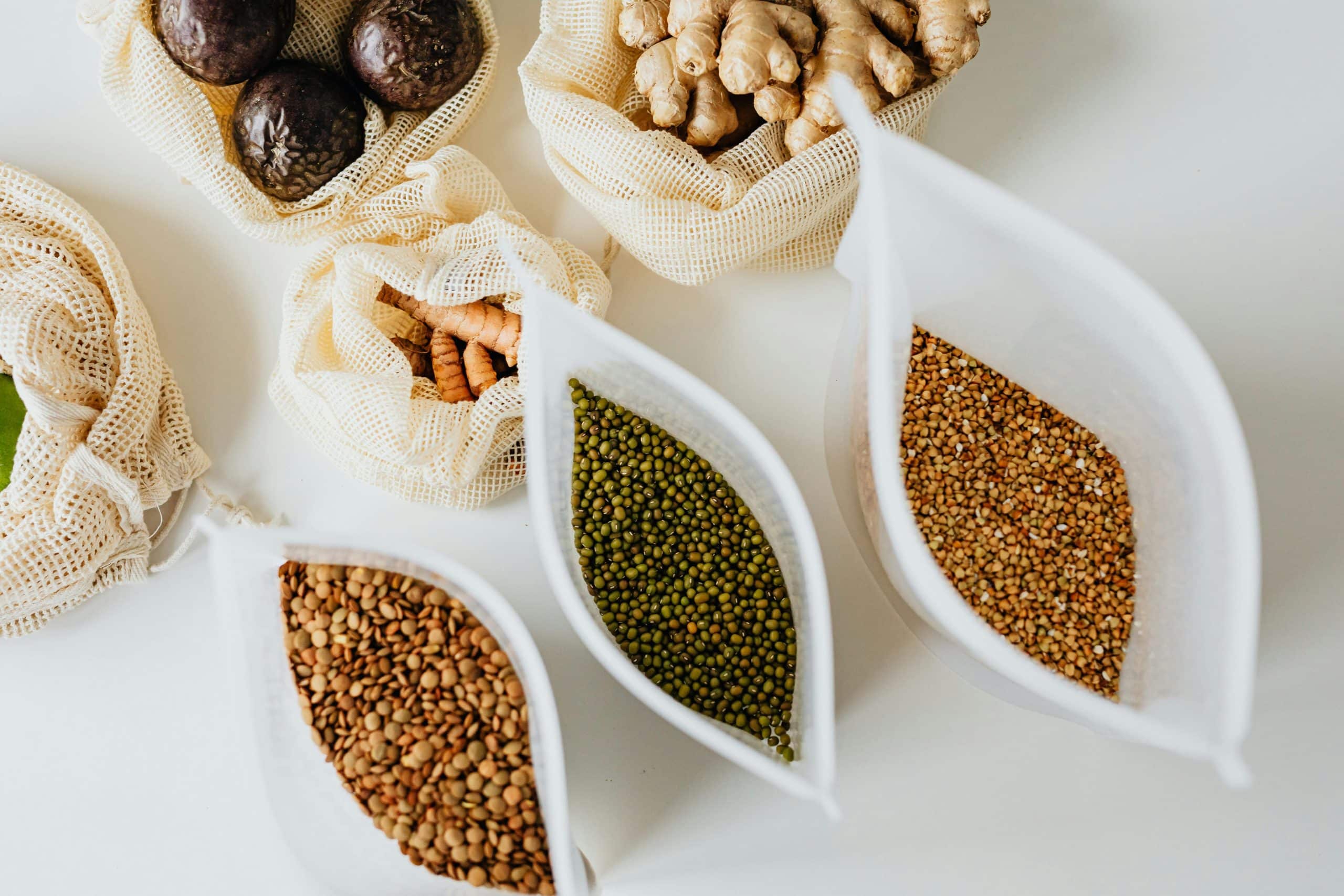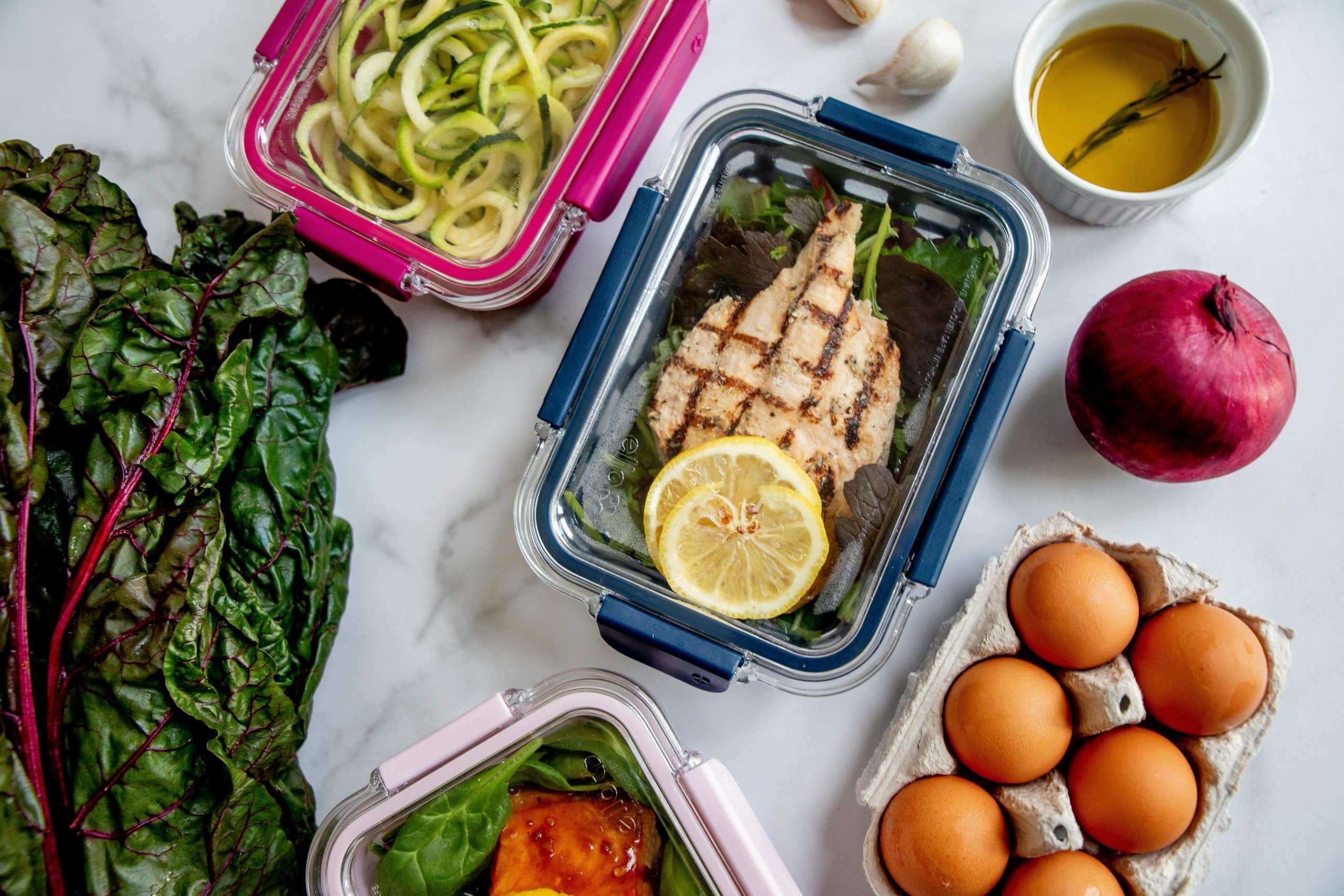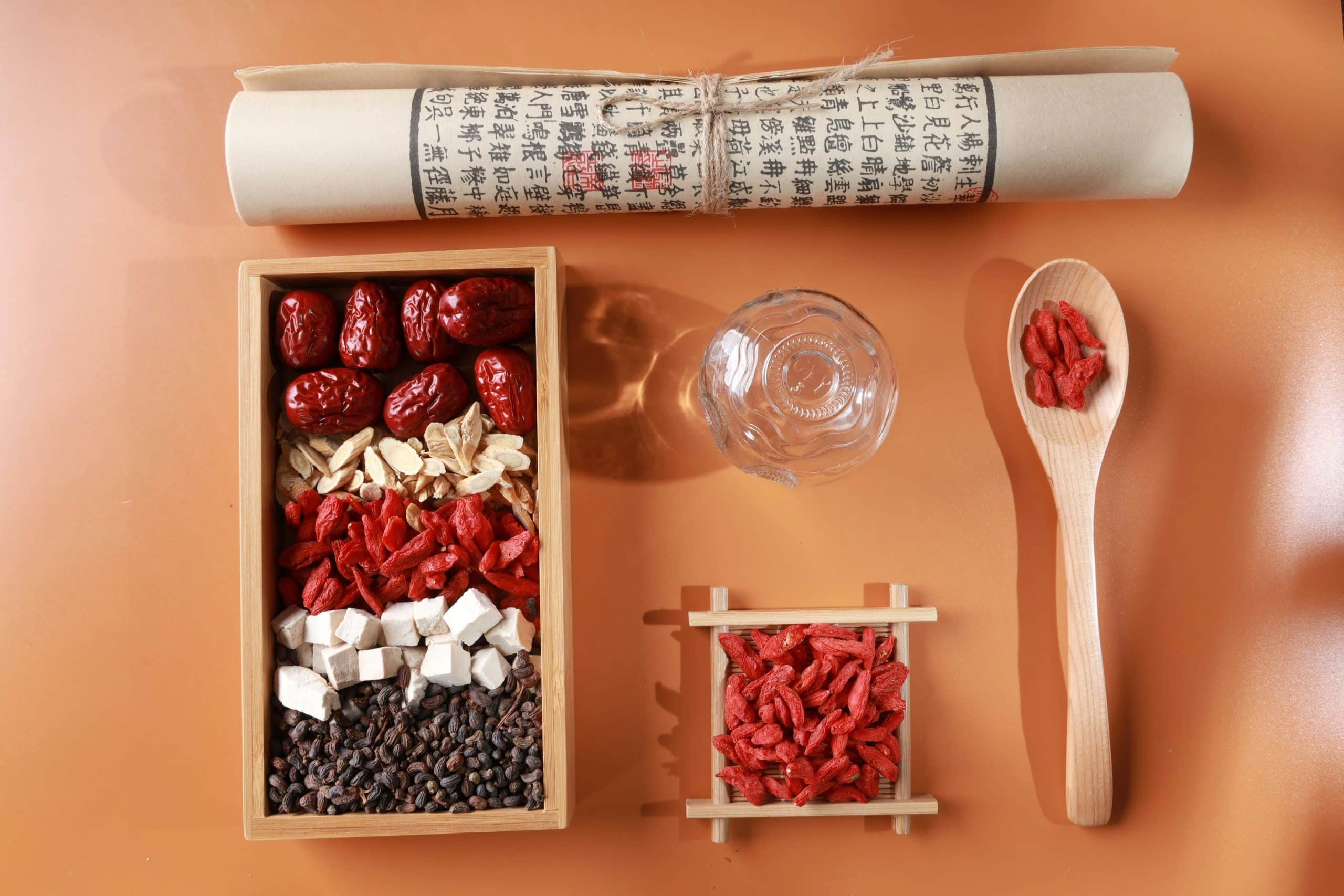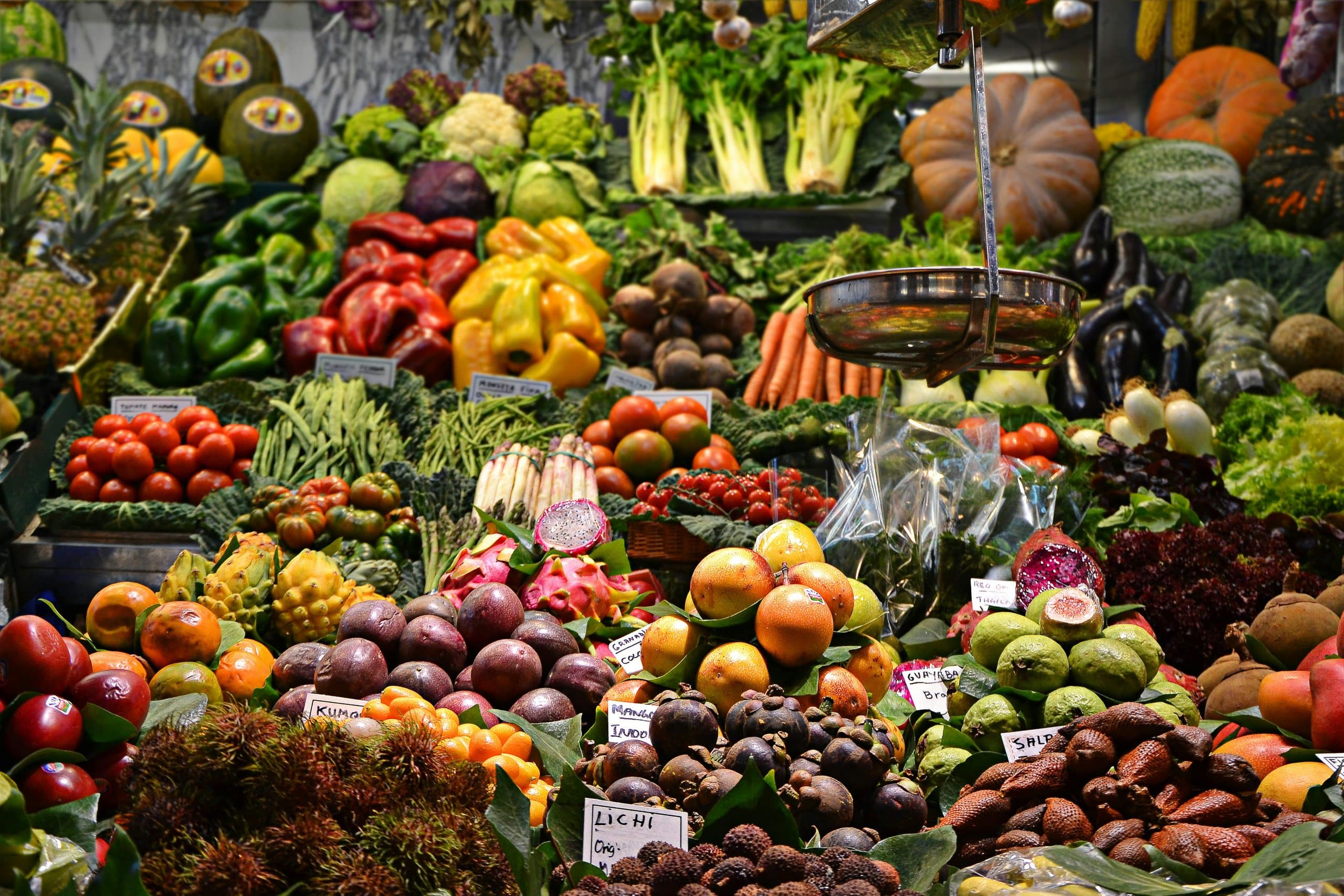Imagine this: It’s 6 PM on a Wednesday. Soccer practice just ended, homework awaits, and everyone’s hungry. The thought of cooking from scratch feels impossible. Sound familiar? According to a recent survey, the average parent spends over 10 hours weekly planning and preparing family meals—time that most families simply don’t have. I’ve been there myself, caught between the desire to feed my family nutritious meals and the reality of our packed schedule. The good news? Strategic meal preparation can transform your weeknight dinner chaos into smooth, stress-free mealtimes. This guide shares battle-tested meal prep tips specifically designed for families juggling busy schedules, helping you reclaim precious time while ensuring everyone eats well.
Smart Meal Planning Strategies
Family meal planning often becomes a source of daily stress for busy households. A systematic approach can transform this challenge into a manageable process. Creating a rotating menu of family favorites eliminates the constant question of “what’s for dinner?” while significantly reducing decision fatigue. This rotation system works particularly well when documented in a simple spreadsheet or notebook that family members can reference.
Implementing a weekly planning session creates a foundation for successful meals. Sunday afternoons typically provide an ideal time slot for many families, offering a quiet moment to think ahead before the busy week begins. During this session, review your calendar to identify particularly hectic evenings that might require simpler meals or crockpot recipes that can cook while you’re away.
Children who participate in meal planning demonstrate greater willingness to try new foods at the table. Even young children can voice preferences or select between options you provide. Older children might take responsibility for planning one meal per week, building valuable life skills while lightening your mental load.
Digital tools have revolutionized meal planning efficiency. Apps like Paprika, Mealime, or even simple note-taking applications can store your recipe collection, generate shopping lists automatically, and even track ingredients in your pantry. These tools prove especially valuable when coordinating complex family schedules.
Strategic ingredient planning minimizes both food waste and shopping time. When planning your weekly menu, look for recipes that share common ingredients. For example, a large package of chicken thighs might become Sunday’s roast chicken dinner, Monday’s chicken tacos, and Tuesday’s chicken soup made from the carcass and leftover meat.
Your family’s schedule should directly inform your meal assignments. Reserve quick-cooking meals like stir-fries or sheet pan dinners for evenings packed with activities. Save more elaborate recipes for days with lighter schedules when cooking can be enjoyed rather than rushed.
Nutritional balance requires intentional planning. While convenient, pre-packaged meals typically lack the nutritional profile of home-cooked alternatives. Even with limited time, incorporating fresh components alongside make-ahead elements ensures better nutrition without sacrificing convenience. Simple additions like a fresh salad or sliced fruit alongside reheated main dishes maintain both nutritional quality and meal appeal.
Time-Saving Batch Cooking Techniques
Efficient meal preparation hinges on strategic time blocks dedicated to advance cooking. Setting aside 2-3 hours on weekends yields tremendous benefits throughout the week. This focused time investment transforms weeknight dinner preparation from a 60-minute ordeal to a simple 15-minute assembly process.
Protein preparation forms the foundation of efficient meal planning. Cooking large batches of versatile proteins—shredded chicken, seasoned ground beef, or homemade meatballs—provides the building blocks for diverse weeknight meals. A single Sunday cooking session might produce enough protein for 3-4 different meals, each with distinct flavors despite the shared base.
Grains and starches maintain quality during refrigerated storage, making them ideal batch-cooking candidates. Preparing sizable portions of rice, quinoa, pasta, or potatoes provides ready-to-use foundations for multiple meals. These versatile bases can transform throughout the week—rice becomes a side dish on Monday, fried rice on Wednesday, and stuffed peppers on Friday.
Roasted vegetables represent batch cooking at its finest. A few sheet pans of seasoned vegetables prepared on Sunday can serve multiple purposes throughout the week. Roasted broccoli, cauliflower, carrots, and Brussels sprouts maintain their flavor and texture for days, easily incorporated into grain bowls, salads, pastas, or as simple side dishes.
The “cook once, eat twice” philosophy maximizes kitchen efficiency. When preparing family favorites like lasagna, enchiladas, or casseroles, doubling the recipe requires minimal additional effort but yields a second meal for the freezer. This approach gradually builds a collection of homemade “emergency meals” for particularly hectic periods.
Strategic appliance usage multiplies your cooking capacity without multiplying your effort. While the oven roasts vegetables, the Instant Pot can prepare a batch of beans, the slow cooker can simmer soup, and the stovetop can handle grains. This simultaneous cooking approach maximizes output during your dedicated prep time.
Breakfast often becomes a casualty of busy mornings, but advance preparation prevents the drive-through alternative. Weekend prep sessions can produce grab-and-go options like overnight oats, egg muffins, breakfast burritos, or smoothie packs. These ready-to-eat or ready-to-heat options ensure nutritious starts even on the busiest days.
Family-Friendly Meal Prep Recipes
Component-based meals offer excellent flexibility for families with varying preferences. Taco or burrito bowl stations exemplify this approach—prepare seasoned proteins, cook rice or quinoa, chop fresh toppings, and store everything separately. Family members can assemble personalized bowls throughout the week, combining elements according to individual tastes.
Pasta bakes represent the perfect intersection of convenience and comfort. These versatile dishes can accommodate nearly any combination of protein, vegetables, and cheese you have available. Assemble these casseroles ahead of time, refrigerate, and simply bake when needed. The hands-off cooking time allows for other evening activities while dinner prepares itself.
Sheet pan cooking minimizes both active preparation time and cleanup. The basic formula—protein + vegetables + seasoning—adapts to countless variations. Chicken with broccoli and potatoes, sausage with peppers and onions, or salmon with asparagus and lemon all follow the same simple procedure with dramatically different flavor profiles. Prepping multiple sheet pans during your weekend session provides ready-to-cook dinners that require only transferring from refrigerator to oven.
Slow cooker recipes particularly benefit from advance preparation. Many stews, soups, and braised dishes actually improve after a day or two as flavors meld and deepen. The “dump and go” nature of these recipes makes morning assembly manageable even on busy days, with dinner ready precisely when needed without additional effort.
Breakfast foods transcend their traditional morning role when prepared in advance. Make-ahead frittatas packed with vegetables, frozen pancakes ready for quick reheating, or french toast casseroles offer satisfying dinner options with minimal evening effort. These comfort foods paired with a simple side salad create balanced meals that appeal to children and adults alike.
Sandwich and wrap stations function as excellent meal prep strategies for lunches or casual dinners. Pre-chopped vegetables, portioned proteins, and prepared spreads enable quick assembly while maintaining freshness better than pre-made sandwiches. This system works particularly well for families eating in shifts due to varying schedules.
One-pot meals deserve special mention for their efficiency in both preparation and cleanup. Dishes like jambalaya, risotto, curry, or chili develop complex flavors while minimizing kitchen equipment. These recipes generally reheat beautifully, often tasting even better as leftovers, making them ideal for advance preparation.
Smart Storage Solutions and Organization
Storage container selection significantly impacts food quality and longevity. Glass containers maintain food quality better than plastic alternatives, resist staining, and allow visible inventory assessment. Investing in a matching system with various sizes creates an organized refrigerator appearance while standardizing storage.
Labeling eliminates the mystery of refrigerator contents. Simple masking tape and marker systems work effectively, noting both contents and preparation date. This practice proves particularly important for frozen items that might otherwise become unidentifiable “freezer mysteries.”
Refrigerator organization follows a strategic hierarchy based on food safety and intended use. Creating an “eat first” zone for highly perishable items or those nearing expiration prevents waste through oversight. Positioning prepped ingredients at eye level increases the likelihood of their use in cooking.
Marinating proteins before freezing serves dual purposes—enhancing flavor while preparing future meals. Silicone bags excel for this purpose, allowing thorough distribution of marinade and flat freezing that optimizes freezer space. This technique transforms freezer meal preparation from a separate task into an integrated part of your regular meal prep routine.
The first-in, first-out principle borrowed from commercial kitchens applies equally well to home meal management. Positioning older prepared foods at the front of the refrigerator ensures their use before newer alternatives. This systematic approach minimizes waste from forgotten containers discovered long past their prime.
Individual portion packaging streamlines busy days. Rather than bulk storage alone, dividing some prepared foods into single-serving containers creates grab-and-go options for lunches, quick dinners, or after-school snacks. This approach particularly benefits households with varying schedules where family members often eat independently.
Physical kitchen arrangement impacts meal preparation efficiency. Designating a specific counter area for meal prep activities with essential tools within reach reduces the friction of getting started. This zone might include cutting boards, knife storage, mixing bowls, and frequently used utensils, creating a functional “meal prep command center.”
Involving Kids in the Meal Prep Process
Children develop cooking competence through appropriately challenging tasks. Assign responsibilities based on developmental abilities rather than age alone—some five-year-olds safely handle knives with proper instruction, while others need more time with tear-and-snap tasks. Preschoolers can wash produce, tear lettuce, or mix simple ingredients, while elementary children might measure, chop softer items, or read recipes aloud. Teenagers can take responsibility for entire components or meals with guidance.
Assembly-line preparation methods transform meal prep into family bonding time. Tasks like stuffing peppers, rolling burritos, or assembling lunch boxes become efficient team activities when each person handles a specific step. This approach also accommodates different ability levels within the same project.
Meal preparation provides natural opportunities for nutrition education. Conversations about food groups, cooking methods, or ingredient origins occur organically during the cooking process. These discussions build food literacy more effectively than abstract lessons disconnected from actual eating.
Customization increases children’s investment in meals. Allowing them to season their portion of proteins, select vegetables, or determine toppings fosters autonomy while working within your established meal framework. This approach balances nutritional needs with personal preference development.
Independent food preparation builds confidence and self-sufficiency. Teaching older children to prepare specific meal components—salad dressing, roasted vegetables, or breakfast items—develops skills they’ll use throughout life. Document these “signature recipes” in a family cookbook that grows with their abilities.
The atmosphere during meal preparation shapes children’s associations with cooking. Playing music, sharing stories, or creating friendly competitions (who can chop the most carrots?) transforms potential drudgery into anticipated family time. This positive association builds cooking enthusiasm that extends into adulthood.
Recognition reinforces participation. Acknowledging children’s contributions during mealtime—”Sam made this delicious salad dressing”—validates their efforts and encourages continued involvement. This recognition proves especially important when results aren’t perfect, emphasizing the value of the process over perfection.
Grocery Shopping Efficiencies
Standardized shopping lists eliminate repeated mental inventory. Creating a master list organized by store layout significantly reduces shopping time and prevents forgotten items. Digital or paper templates with frequently purchased items ready for checking streamline the list creation process.
Online grocery services have transformed shopping efficiency for busy families. The time saved through online ordering often justifies any associated fees, particularly when considering the reduced impulse purchases common with in-person shopping. These services also simplify list management between family members and enable easy reordering of standard items.
Consolidating shopping into a single weekly trip requires comprehensive planning but yields substantial time savings. This approach necessitates thinking through all meals and needs for the coming week but eliminates mid-week emergency runs that interrupt evening schedules.
Ingredient versatility creates flexibility in meal execution. Focusing your shopping on multi-purpose ingredients—those that work across several planned meals—reduces both food costs and potential waste. Items like rotisserie chickens, bell peppers, or sweet potatoes can each play roles in multiple diverse dishes throughout the week.
Seasonal shopping aligns with both economic and nutritional benefits. Produce purchased in season generally costs less while offering peak nutritional value and flavor. Building meal plans around seasonal availability introduces natural variety throughout the year while optimizing your food budget.
Pantry staples purchased in bulk represent both convenience and cost efficiency. Items with long shelf lives—rice, beans, pasta, canned tomatoes, or frozen vegetables—purchased in larger quantities reduce the mental load of frequent replenishment while typically offering better unit pricing.
Protein selection significantly impacts food budgets. Incorporating cost-effective protein sources like eggs, legumes, canned fish, or whole chickens alongside more expensive options creates balanced meal plans that remain economically sustainable. The savings from these strategic choices often allow for occasional splurges on special ingredients without exceeding overall budget parameters.
Managing Leftovers Creatively
Planned leftovers differ fundamentally from accidental extras. Intentionally preparing larger quantities of versatile components creates “planned-overs” that serve as building blocks for different meals rather than simple repeats. This approach maintains meal interest while maximizing kitchen efficiency.
Component remixing transforms leftovers into entirely new dining experiences. Monday’s roast chicken becomes Tuesday’s chicken enchiladas and Wednesday’s chicken soup. This progression feels less like leftover consumption and more like smart cooking strategy when executed with intentionality.
Freezing individual portions creates personalized “freezer meals” for lunches or solo dinners. These portioned containers prove particularly valuable for household members with schedules that don’t align with regular family mealtimes. Labeling these containers clearly prevents the “mystery meal” phenomenon common with frozen leftovers.
Weekly “clean out the fridge” meals transform potential waste into creative dining experiences. Frittatas, stir-fries, soups, and grain bowls all excel at incorporating small amounts of diverse ingredients into cohesive dishes. These meals often become family favorites while significantly reducing food waste.
Vegetable transformation presents particular challenges and opportunities. Leftover roasted vegetables easily incorporate into grain salads, frittatas, or pureed soups. Even slightly wilted fresh vegetables find renewed purpose in smoothies, quick pickles, or concentrated sauces that mask any texture changes.
Protein repurposing often requires additional seasoning to maintain interest. Leftover plain proteins benefit from flavor-concentrated additions—bold sauces, fresh herbs, or acidic components like lemon or vinegar—that refresh and transform their appeal. This approach works particularly well when changing the presentation format, such as transforming sliced meat into sandwich fillings.
Freezer inventory management prevents forgotten food and duplicated efforts. Maintaining a simple list of freezer meal contents with dates enables efficient meal planning that incorporates these resources. Regular “freezer clean-out” periods ensure these valuable meals fulfill their intended purpose rather than becoming freezer-burned waste.
Your Meal Prep Success Plan
The journey to streamlined family meals doesn’t happen overnight. Start by implementing just one or two strategies from this guide. Perhaps begin with Sunday batch cooking of proteins or prepping vegetables for the week ahead. As these habits become routine, gradually incorporate additional techniques. Remember that the goal isn’t perfection—it’s creating a sustainable system that works for your unique family. With consistent practice, you’ll develop a personalized approach to meal preparation that saves time, reduces stress, and brings your family together around nutritious, home-cooked meals—even on the busiest of days. The investment in meal prep pays dividends not just in time saved, but in the health and happiness of everyone at your table.













